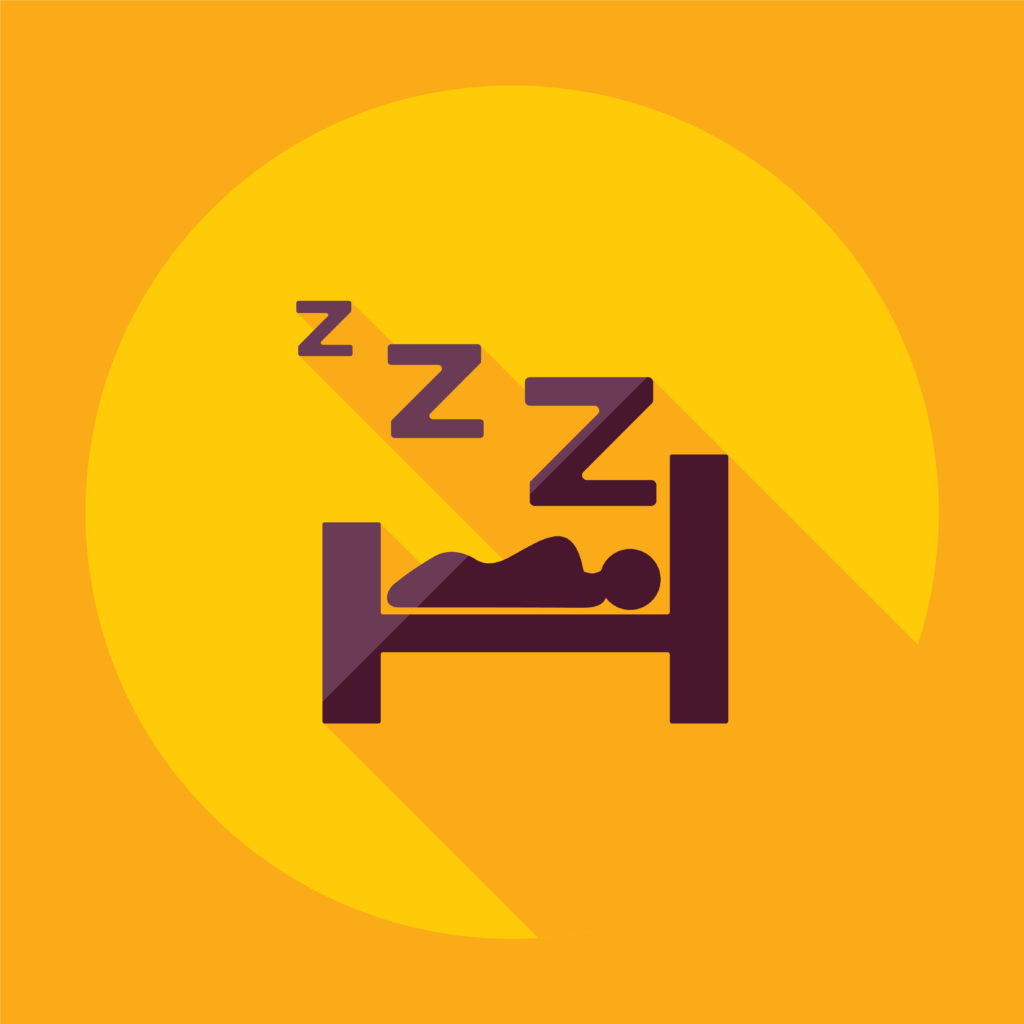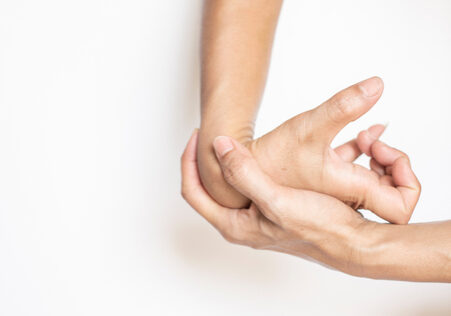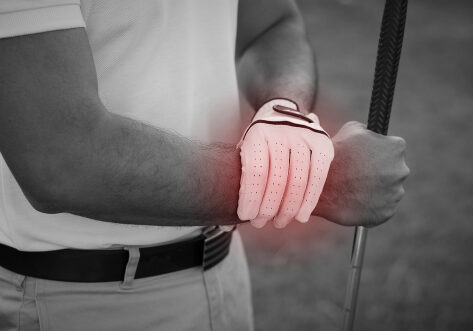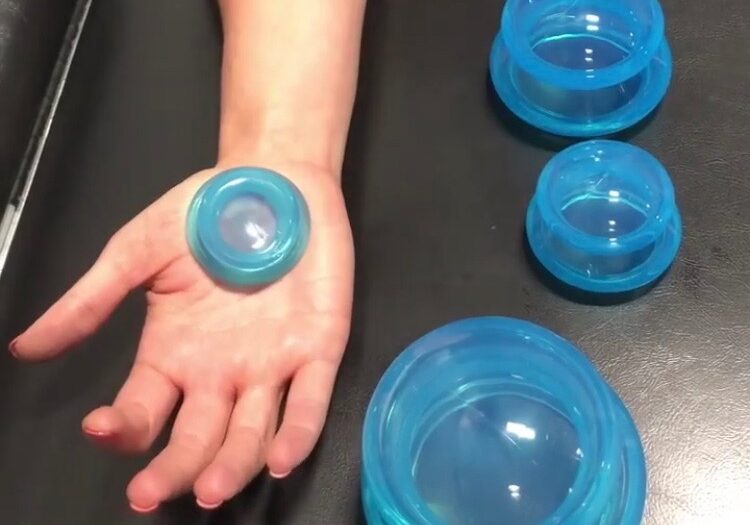Do you know the secret ingredient to recovering from an injury?
Filed under Holistic Therapy

Do you know the secret ingredient to recovering from an injury?
I will give you a hint it is 5 letters and begins with the letter S.
SLEEP
Have you ever asked yourself a question – does sleep help injuries heal?
This is for you to share with your patients but also serve as a reminder to you as the reader to make sure you are getting enough sleep. Sleep and injury recovery are tightly connected to each other.
So why is sleep so important to injury recovery? Here are a few of the top reasons why getting your daily zzz’s is so important
- Sleep is important for healthy bone marrow. This spongy tissue inside our bones contains the ever so important stem cells. These stem cells inside of the bone marrow eventually form the blood cells in our body.
- When your body enters non-rem sleep also known as deep sleep, the pituitary gland releases growth hormones that helps muscles to repair themselves.
- There is also a hormone know as prolactin which is released while sleeping. This hormone regulates inflammation. If you are not getting enough rest inflammation is more likely to occur.
Muscle and other soft tissue repair and rejuvenate as we sleep. So, if you are not getting the necessary sleep at night than your body will not heal from the daily stresses or bounce back from an injury. Also, as you fall into deeper sleep at night your muscles will have an increase in blood which in turn brings nutrients that repair muscles and speed up the regeneration.
So hopefully this changes any notions about sleep being unproductive. It plays a direct role in recovering from injury along with improving many other functions such as brain performance and mood regulation. It can also help individuals maintain a healthy body weight and improve overall health.
So now that we have highlighted the importance of sleep don’t forget to educate your patients on the importance of seep hygiene. See the list below for some tips
- Make sure your bedroom is quiet, dark and creates a relaxing mood
- Temperature is not too hot or too cold
- Make a habit to go to bed and wake up at the same time even on the weekends
- Remove electronic devices from the bedroom
- Avoid large meals, caffeine and alcohol before bedtime
- Get some daily sunshine
- Be sure to exercise daily
2 Comments
Leave a Reply Cancel Reply
More To Read
Stretching After Stroke for Spasticity
Rapid Review By: Mikayla Murphy Kerr, L., Jewell, V. D., & Jensen, L. (2020). Stretching and splinting interventions for post stroke spasticity, hand function, and functional tasks: A systematic review. American Journal of Occupational Therapy, 74, 7405205050. https://doi.org/10.5014/ajot.2020.029454 The Skinny This study focused on the benefits of stretching the upper extremity to decrease spasticity, increase…
Read MoreWhich is better for DeQuervain’s: Splinting or Injection?
Rapid Review Cavaleri, R., Schabrun, S. M., Te, M., & Chipchase, L. S. (2016). Hand therapy versus corticosteroid injections in de Quervain’s disease treatment: A systematic review and meta-analysis. Journal of hand therapy: official journal of the American Society of Hand Therapists, 29(1), 3–11. https://doi.org/10.1016/j.jht.2015.10.004 The Skinny: DeQuervain’s Tenosynovitis is a stenosing tenosynovial inflammation affecting the…
Read MoreThe effects of cupping therapy as a new approach in the physiotherapeutic management of carpal tunnel syndrome
Article Review By: Rachel Reed Mohammadi, S., Roostayi, M. M., Naimi, S. S., & Baghban, A. A. (2019). The effects of cupping therapy as a new approach in the physiotherapeutic management of carpal tunnel syndrome. Physiotherapy research international : the journal for researchers and clinicians in physical therapy, 24(3), e1770. https://doi.org/10.1002/pri.1770 The Skinny: The purpose of this…
Read MoreSign-up to Get Updates Straight to Your Inbox!
Sign up with us and we will send you regular blog posts on everything hand therapy, notices every time we upload new videos and tutorials, along with handout, protocols, and other useful information.






I feel like many of the patients I see are in pain which heavily effects their ability to get good sleep. How do you support healthy sleep habits for our patients who can’t sleep because of their pain?
This is a very complex question and typically this depends on the etiology of the pain. If it is an acute injury or pain often times their physician will prescribe medication for temporary purposes. You can make recommendation on positioning for comport with pillows of foam wedges. However if the pain is chronic, this has a strong correlation the sleep deprivation cycle which in turns feeds the pain cycles. Often time you can suggest pain distraction techniques such as listening to a favorite music or visualization exercises. If pain management is on board you can discuss what medications may be helpful in taking before sleep.